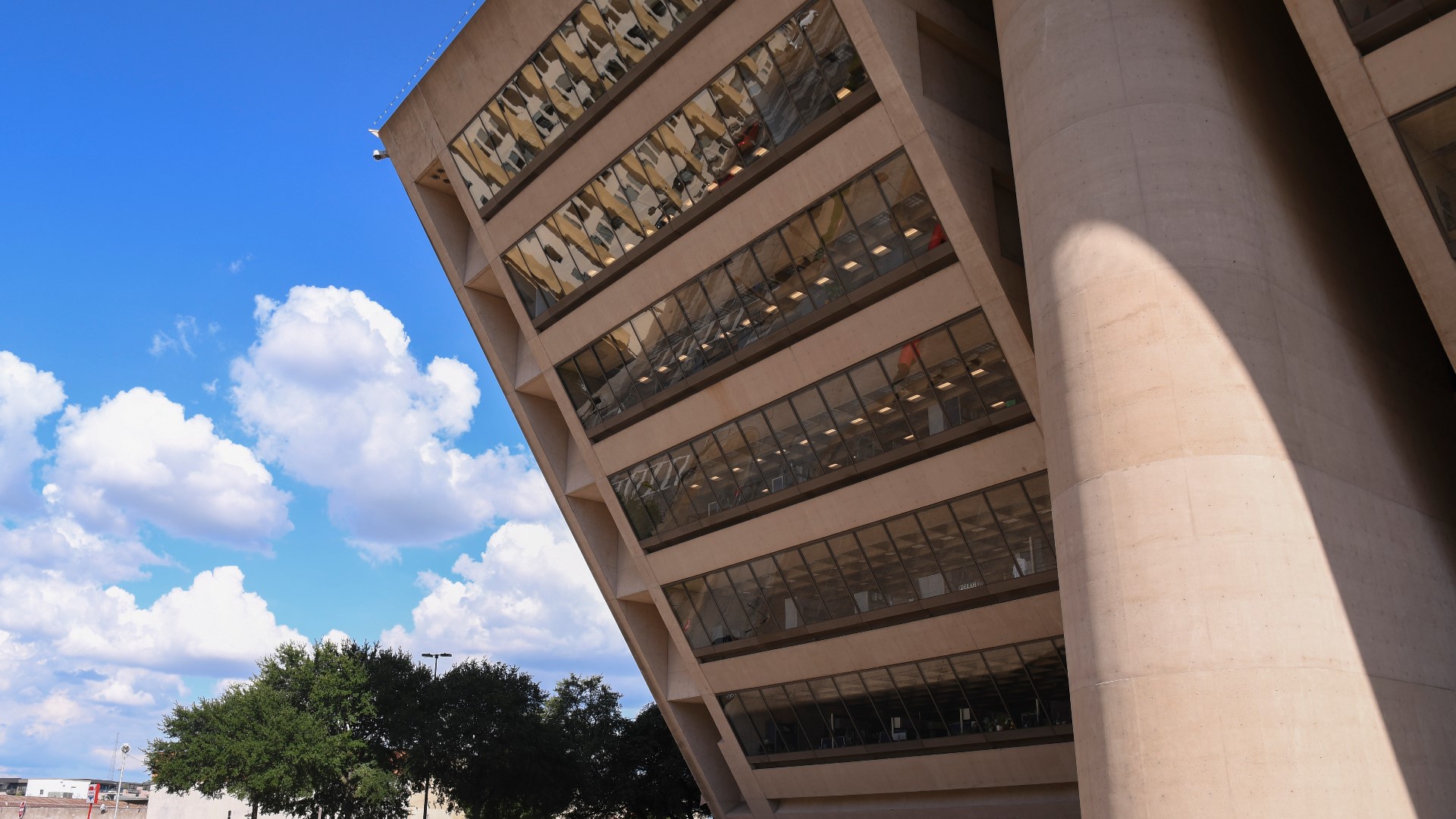DALLAS — This article was originally published by our content partners at the Dallas Business Journal. You can read the original article here.
The American mall is alive and well. Even more so, Texas malls are alive and well.
In North Texas, where retail thrives and shopping destinations flourish, malls have been attracting shoppers back to pre-pandemic levels. That's welcome news for the folks running major retail hubs like Galleria Dallas.
But malls have evolved, and the Galleria is no exception.
The landmark retail center has snagged some new stores that have spurred a different kind of excitement for DFW shoppers, a step to further evolve the common mall and keep up with shoppers’ demand for the new and trendy.
Japanese retailer Uniqlo opened its first North Texas store in October in a two-story space in the Galleria, an effort General Manager Angie Freed did not back down from.
"We had approached Uniqlo previously, but they were not ready to come to Texas," said Freed, who was also an honoree in this year's Women in Business Awards. "But we kept up the relationship and kept talking to them so that when they were ready to come to Texas, Galleria was where they wanted to put their first North Texas store."
Lines looping around the mall and out the door was a great indicator to Freed that she had chosen the right retailer at the right moment to add to the mall’s shop offerings.
Freed’s team also secured a new dining and retail concept from Netflix, one of only two in the U.S. Netflix House is expected to open in the Galleria in fall 2025.
Malls across the U.S. are turning to experiential concepts to drive growth and foot traffic. Movie theaters made their way into the mall scene in the 1980s. Decades later, we’re now seeing gyms, sports courts, restaurants and even art exhibits like Meow Wolf at Grapevine Mills Mall open in replacement of declining department stores.
“[Malls] are finding ways to be more immersive and more experiential, which is what the public wants,” Freed said.
Freed recently appeared on the Texas Business Minds podcast to discuss more about her winning formula to find the right retailers, her challenges in doing so and the state of malls across Texas and beyond. The entire conversation can be listened to with the player at the top of this article, or on platforms such as Apple Podcasts and Spotify. The answers below have been edited lightly for length and clarity.
Finding the right store
“It's multiple ways with different retailers. Netflix [House] was a relationship with a broker out of Los Angeles who was picking up the phone and very clandestinely calling retail locations. But it's also doing our own sourcing and looking at what customers are following online, what brands they're engaging with, and then picking up the phone and calling them and saying, ‘Hey, you may be a digitally native brand right now, but we'd like for you to do your first brick-and-mortar at Galleria Dallas and test it.’ Lindsay Nicholas is an example of a brand that we just opened in the shopping center. She has a store in New York, but the Galleria Dallas store is her second. We found her through online research. So it's sometimes a relationship, and sometimes it's us just following customers and seeing what they're following."
Online shopper vs. mall shopper
"We actually think of them as going hand in hand. Retailers are super savvy. They know, just like we know, that customers are going to do their research and ... come to brick-and-mortars more educated than they've ever been in the past. We're also seeing the younger generations adopt digital [shopping] and brick-and-mortar. We're very encouraged that Gen Z and even Gen Alpha still want the brick-and-mortar experience. ... So we see them as being compatible and not necessarily competing, but we do recognize that the consumer is much more educated by the time they walk in our four doors."
Are malls dying?
"I don't think malls are dying. I think that malls are evolving. I think that the weak malls, they're no longer relevant, and they're evolving into something else. But the strong malls continue, and they offer an experience that people still want.
"While some malls have disappeared from the landscape, the strong malls still remain ... relevant. They've found ways to remain compelling. They’re still places where people can gather, they’re still places that are important to the community, and they’re still places where people want to go and shop, and I don't think that's ever going to change."



